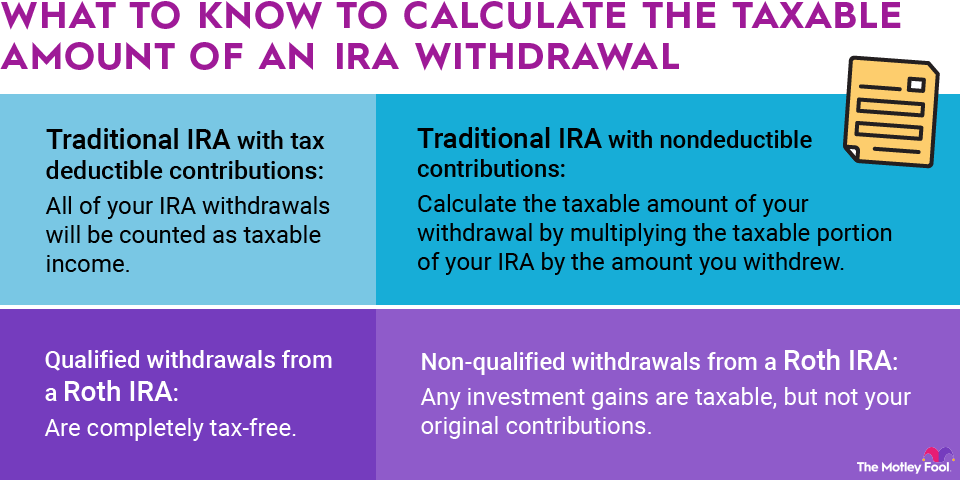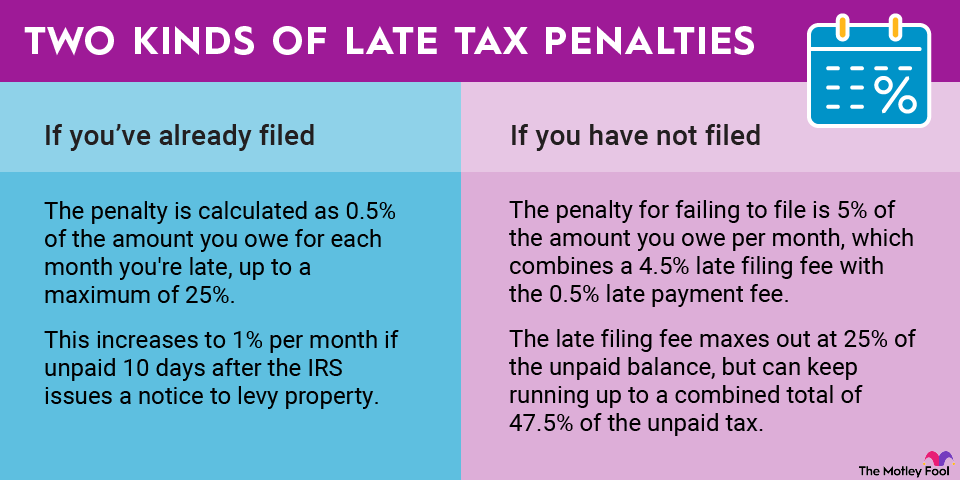Companies often hold investments on their balance sheets, and for accounting purposes, these investments fall into different categories. One category includes what are known as available-for-sale securities, and in order to account properly for changes in value, companies have to make fair value adjustments that show up on their balance sheet as changes to stockholders' equity. Below, we'll take a closer look at this issue and how you can expect to see it show up on accounting statements.

What are available-for-sale securities?
Companies can have several categories of investments. Trading securities are investments held with the intent of reselling them in a short period of time, and held-to-maturity investments involve bonds and other investments that have a definitive final payment date. Major investments involving ownership interests of greater than 20% of another company typically require special accounting treatment. However, all other investments qualify as available-for-sale securities.
Why fair value is important
Companies can elect to measure available-for-sale securities at fair value for accounting purposes. In order to do so, the company must make fair value adjustments at regular intervals that will show up on its balance sheet.
To account properly for changes in fair value, several adjustments are necessary. The entry on the asset side of the balance sheet will need to adjust to reflect the current value of available-for-sale securities as of the date of the company's financial statements. This will generally appear in the long-term investments portion of the balance sheet.
Because there is no liability linked to available-for-sale assets, the adjustment on the asset side of the balance sheet will require a balancing entry in the stockholders' equity portion of the balance sheet. For available-for-sale securities, this appears in a line item called Accumulated Other Comprehensive Income or Loss. A positive number indicates an overall gain in the value of available-for-sale investments, while a negative number in this line item shows a decline in their value.
Related investing topics
In subsequent periods, the figures used at the end of the previous period will be the starting point for measuring further changes in the value of available-for-sale securities. Regular fair value adjustments will accumulate over time in order to keep the balance sheet in balance.
If a company invests successfully in available-for-sale securities, the result will be an increase in stockholders' equity. Therefore, it's important to look at a company's investment activities to see how they affect its overall financial health.


















